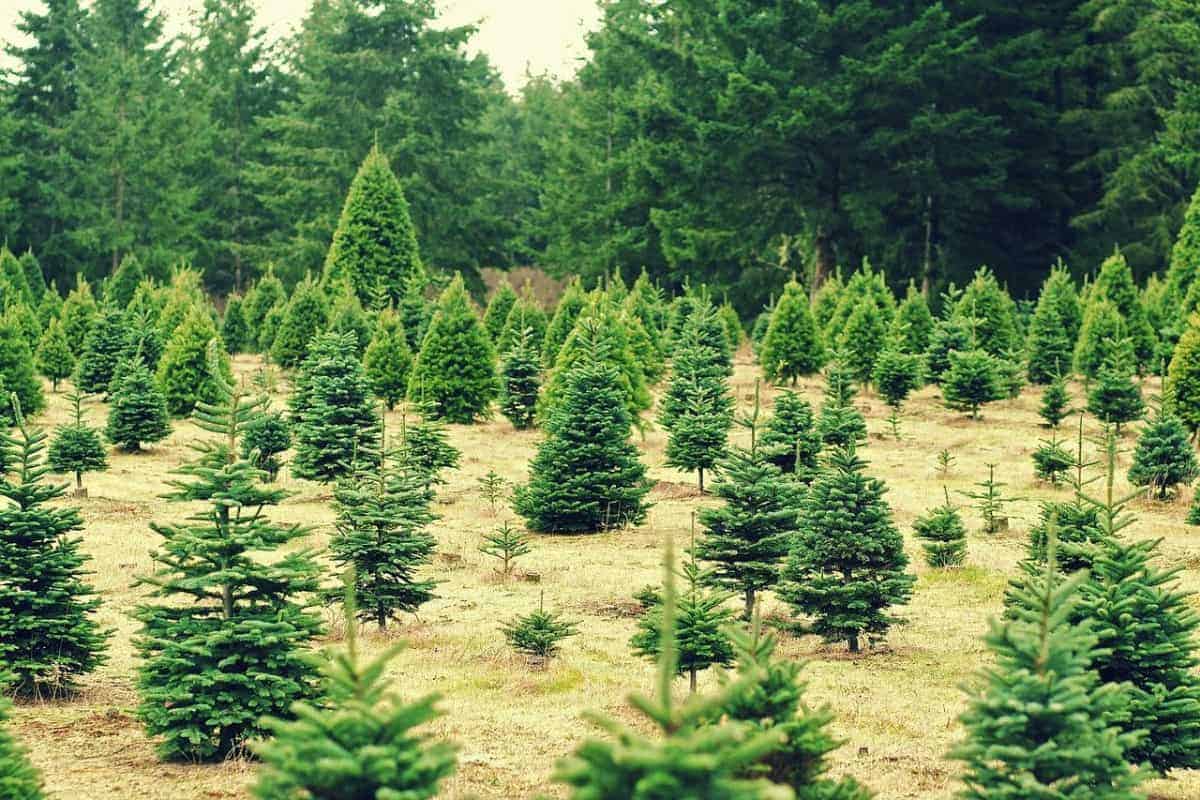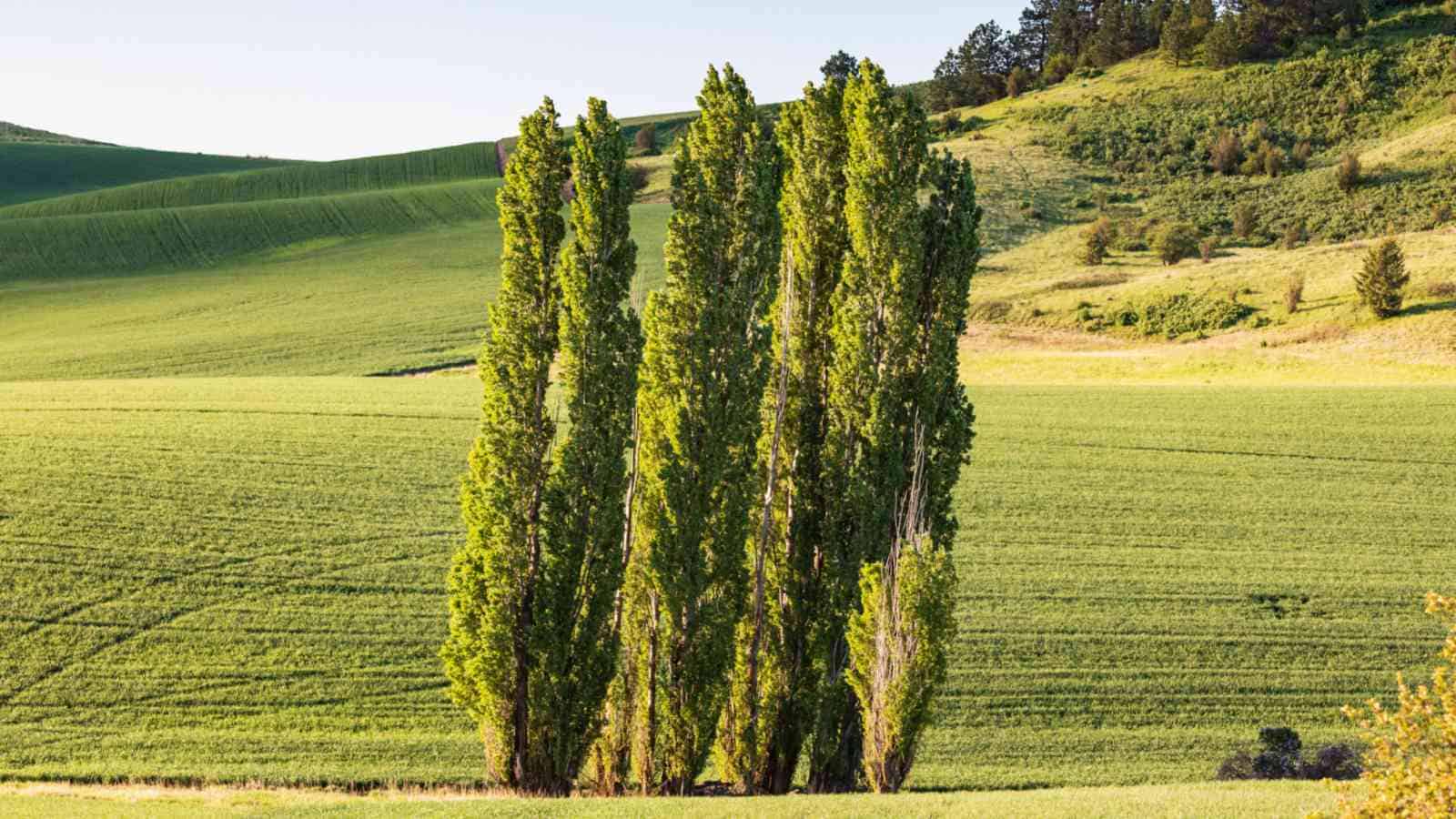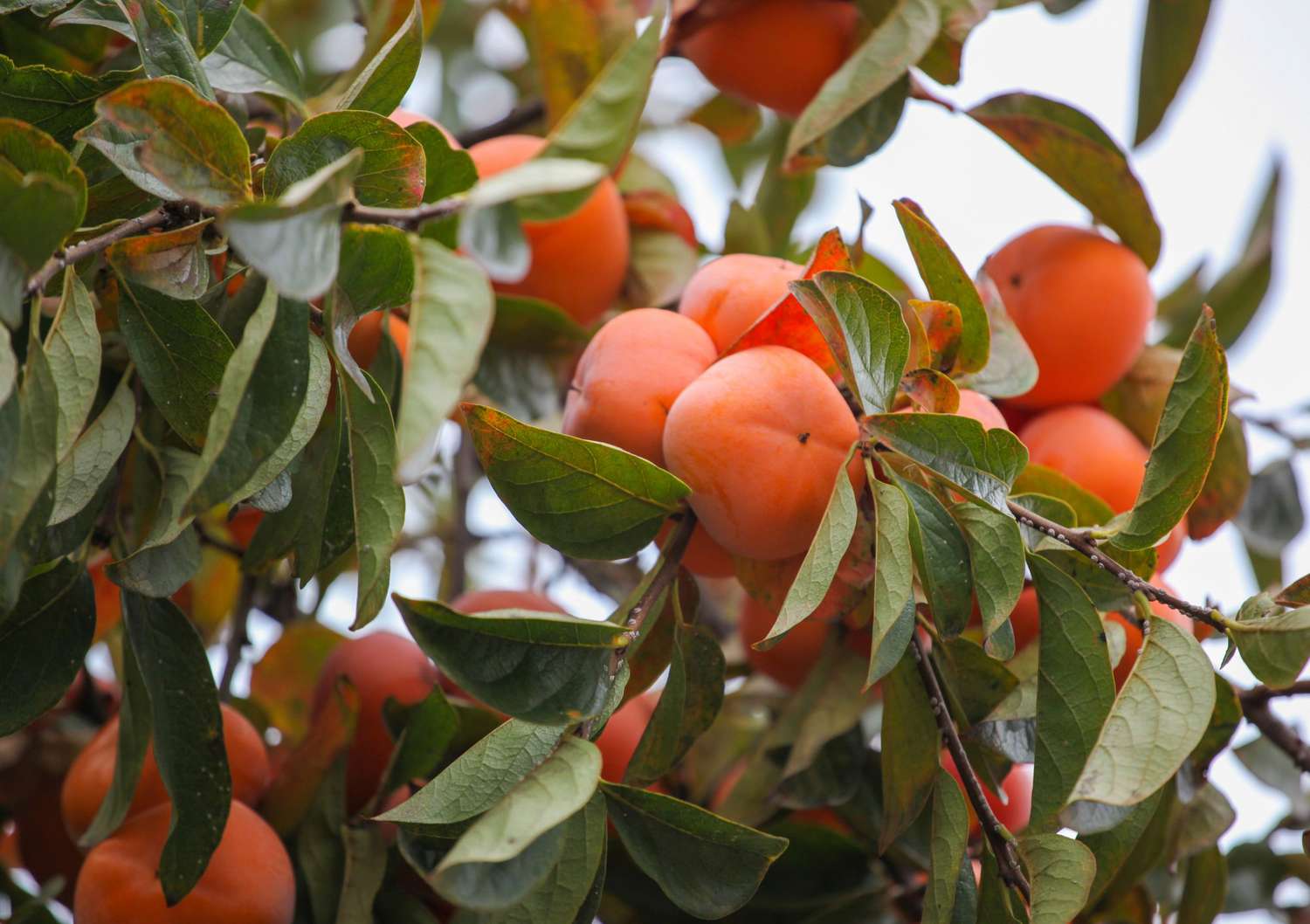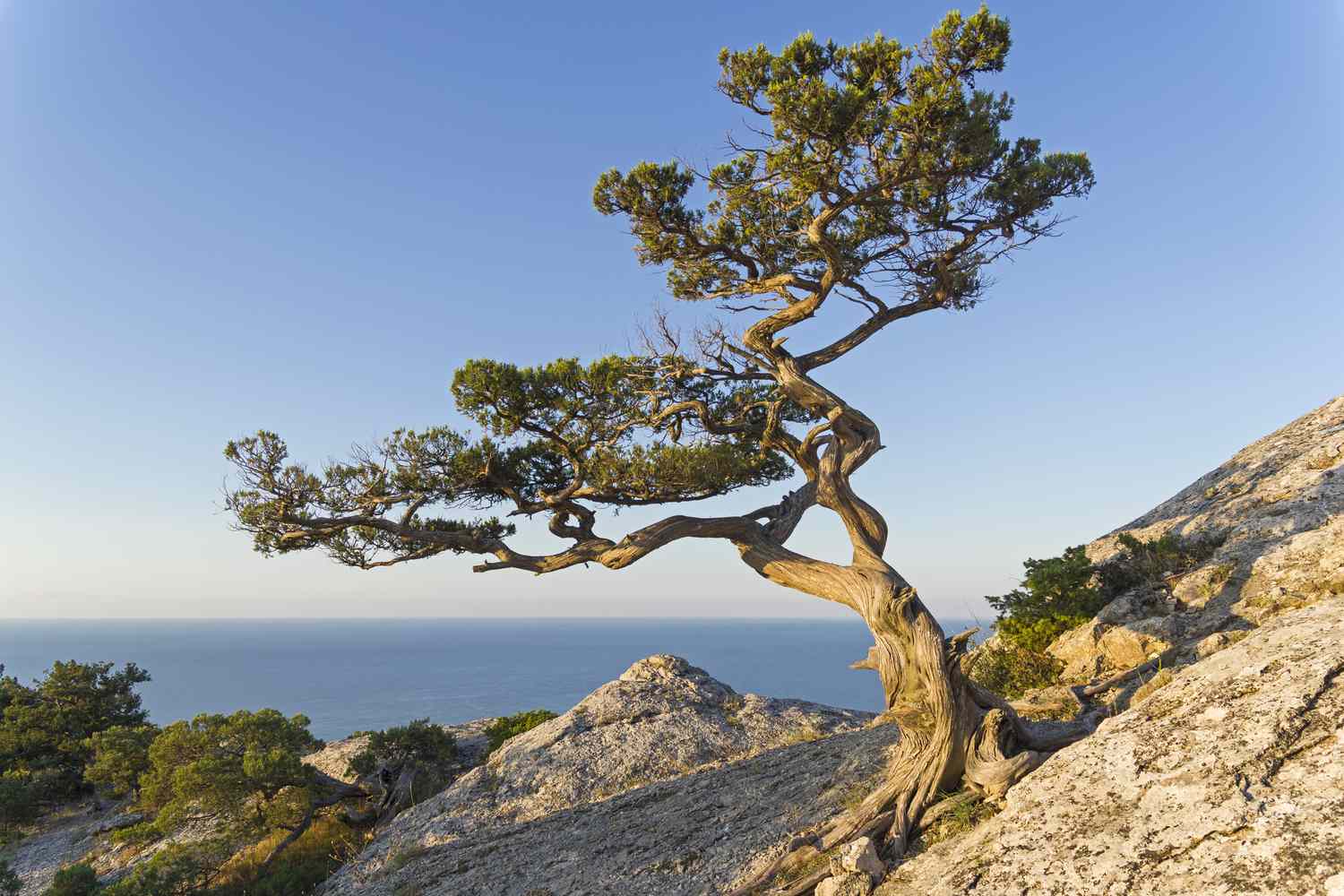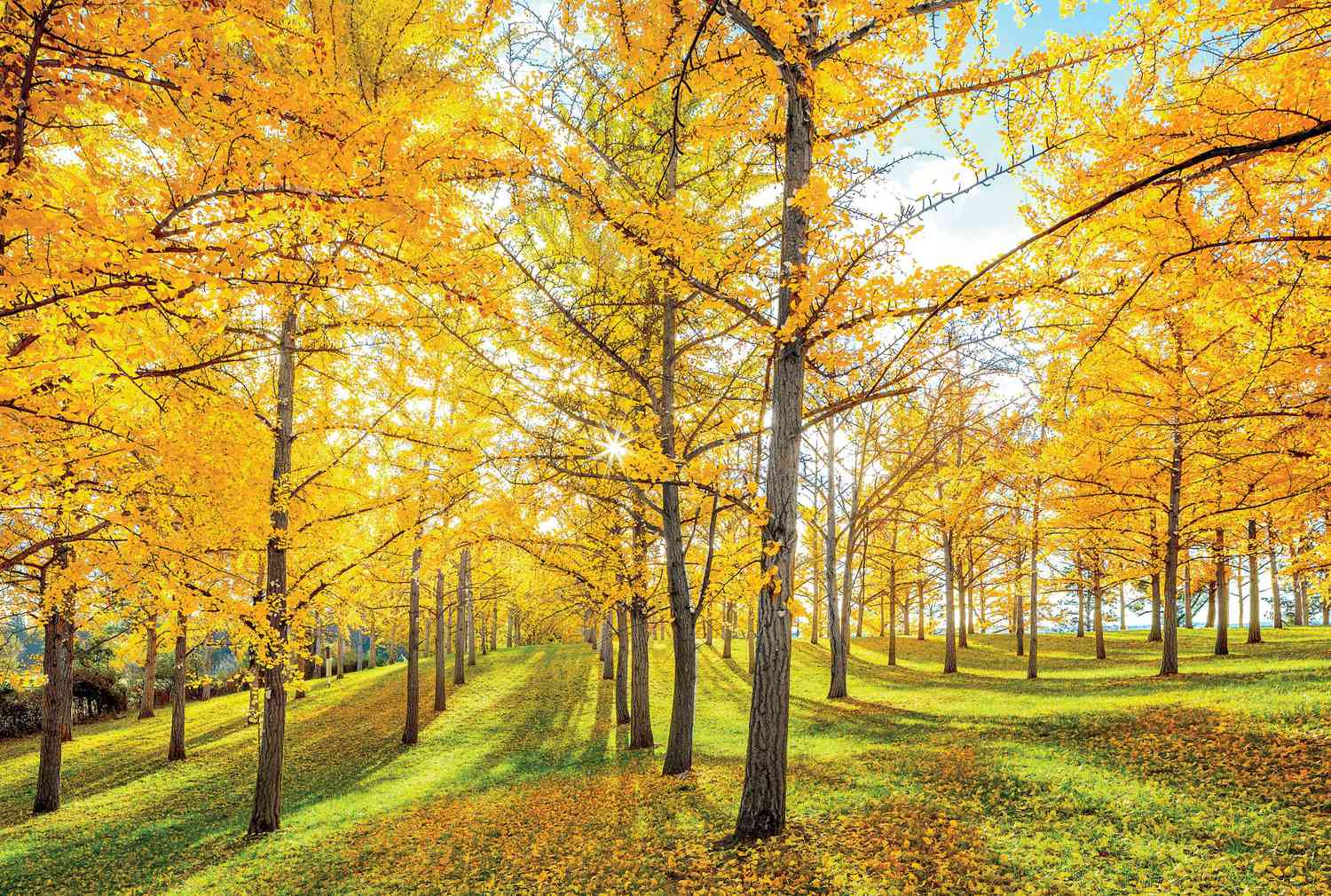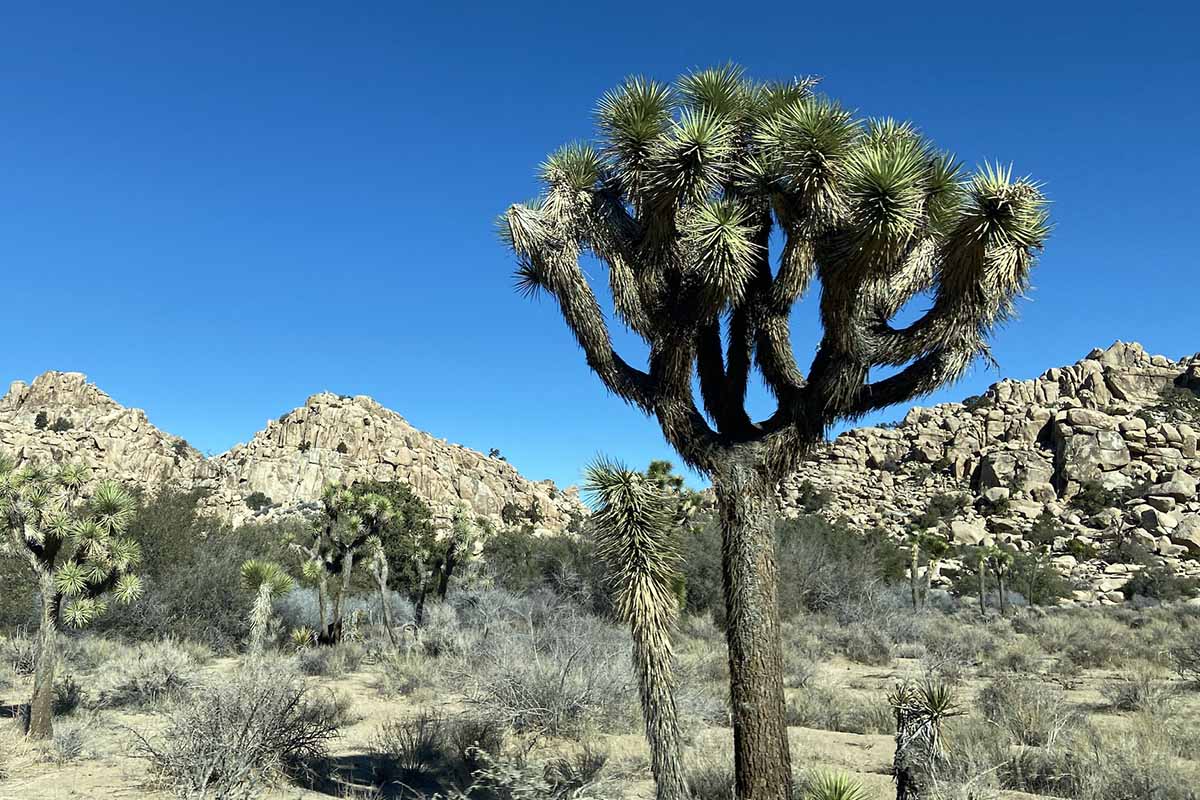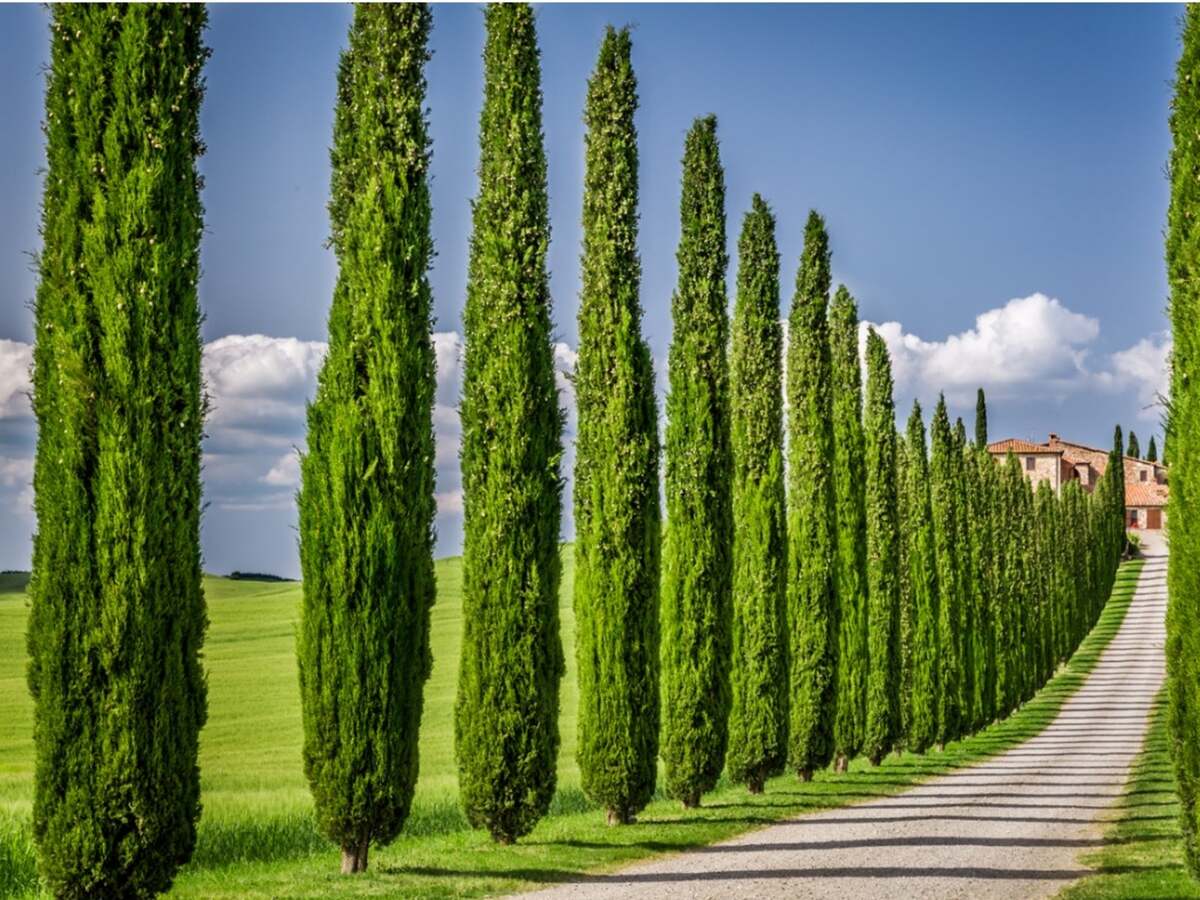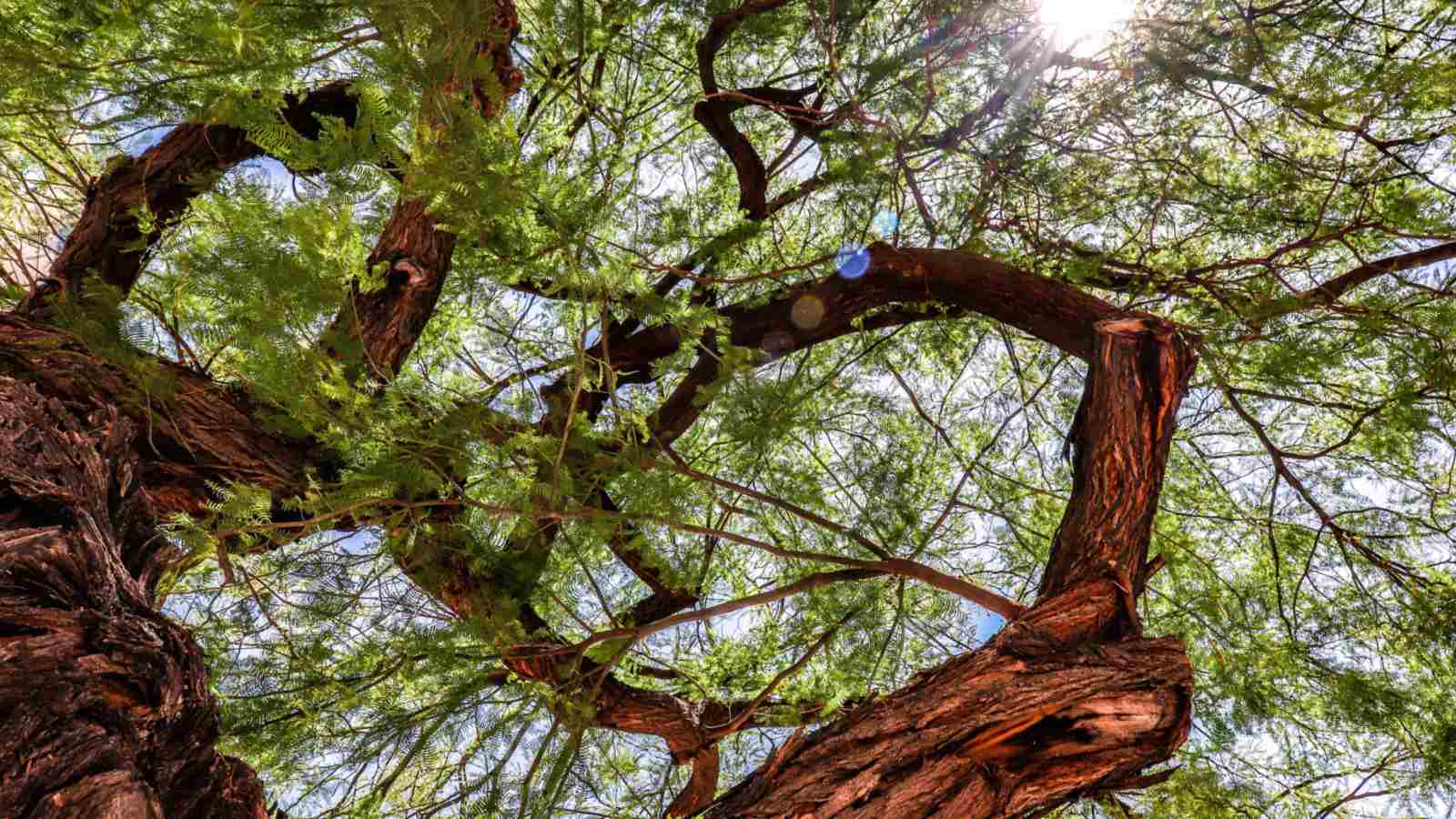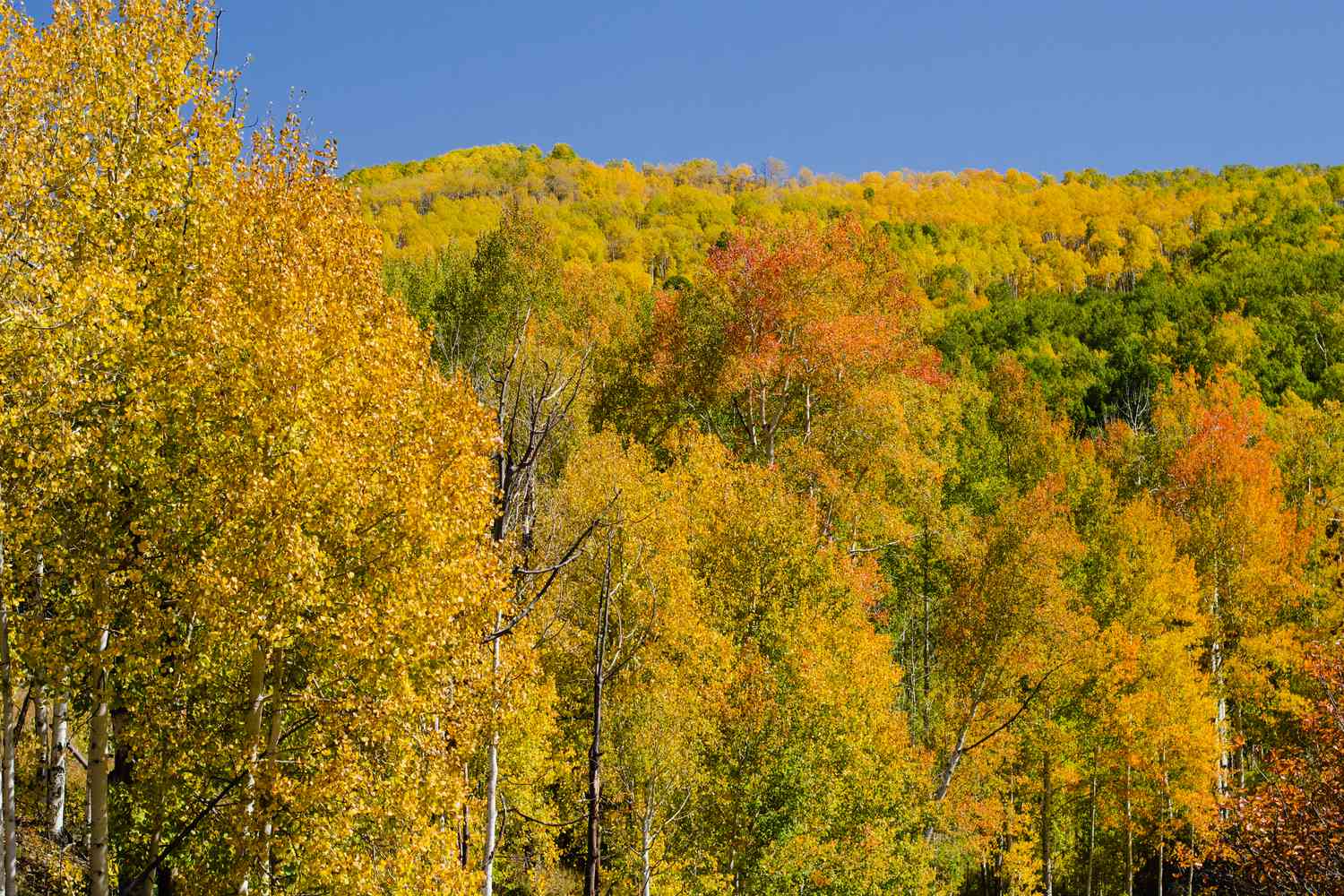(Many of the links in this article redirect to a specific reviewed product. Your purchase of these products through affiliate links helps to generate commission for Chicagolandgardening.com, at no extra cost. Learn more)
Where Do Christmas Trees Grow?
Introduction
If you’ve ever marveled at the beauty and scent of a freshly cut Christmas tree during the holiday season, you may have wondered where these festive symbols of winter originate. Christmas trees have been a beloved tradition for centuries, adorning homes and bringing the magic of the holiday season indoors. But have you ever stopped to think about where these majestic trees come from?
While Christmas trees can now be found in various regions of the world, their natural habitat lies in coniferous forests. These evergreen trees are characterized by their needle-like leaves and cone-shaped structures that contain their seeds. The specific species of trees used as Christmas trees can vary, but they all share a common need for specific environmental conditions to thrive.
In this article, we will explore the natural habitat of Christmas trees, the different species commonly used as Christmas trees, and the process of artificial cultivation and harvesting in Christmas tree farming. We will also discuss the environmental impact of this industry and highlight some popular Christmas tree varieties and their characteristics.
So, join us as we embark on the journey to discover where Christmas trees grow and gain a deeper appreciation for these beautiful evergreen symbols that bring joy and cheer to homes around the world.
Where Do Christmas Trees Grow?
Natural Habitat of Christmas Trees
The natural habitat of Christmas trees lies in coniferous forests, which are found in various regions around the world. Coniferous trees, also known as evergreen trees, are characterized by their needle-like leaves and the presence of cones that contain their seeds. These unique trees have adapted to thrive in specific environmental conditions that are integral to their growth and survival.
Coniferous forests provide the ideal environment for Christmas tree growth due to several key factors. One significant factor is the soil type. These trees prefer well-drained soil with sandy or loamy textures that allow for adequate water drainage. The acidic nature of the soil in coniferous forests also contributes to the ideal growing conditions for Christmas trees.
Another crucial factor is the climate. Christmas trees thrive in regions with a cool and moist climate. They are adapted to withstand harsh winters, as well as withstand the extreme temperatures and conditions associated with high altitudes and mountainous areas. These trees are well-suited to environments with moderate rainfall and damp, humid conditions.
Furthermore, coniferous forests provide the necessary amount of sunlight for Christmas trees to photosynthesize and grow. The presence of other tree species in these forests also plays a vital role in creating a balanced ecosystem, as they provide shelter and interact with the surrounding environment.
These natural habitats are vital for the growth and development of Christmas trees. However, due to their popularity as a holiday decoration, these trees are also cultivated in Christmas tree farms to meet the high demand during the festive season. In the next section, we will explore the process of artificial cultivation and harvesting in Christmas tree farming.
Where Do Christmas Trees Grow?
Coniferous Forests: The Ideal Environment
When we think of Christmas trees, we often envision them in lush, green forests. These forests, known as coniferous forests or evergreen forests, are the ideal environment for the growth of Christmas trees. Let’s take a closer look at what makes coniferous forests the perfect habitat for these majestic trees.
One of the key features of coniferous forests is the abundance of coniferous trees. These trees have unique adaptations that help them thrive in the harsh conditions of these forests. The needle-shaped leaves of conifers, such as spruce, fir, and pine, help reduce water loss and withstand colder temperatures. This allows them to retain their green color and remain evergreen even during the winter months.
In addition to their ability to withstand cold temperatures, coniferous trees have adapted to survive in nutrient-poor soil. The acidic soil found in coniferous forests is often low in essential nutrients. However, these trees have developed specialized root systems that allow them to extract nutrients efficiently from the soil.
Another crucial factor that contributes to the ideal environment of coniferous forests is the presence of mycorrhizal fungi. These beneficial fungi form a symbiotic relationship with the roots of coniferous trees, aiding in the absorption of nutrients from the soil. This symbiotic relationship is crucial for the healthy growth and development of Christmas trees.
Coniferous forests also provide a unique microclimate that favors the growth of Christmas trees. The dense canopy of coniferous trees provides shade, which helps retain moisture in the soil and prevents excessive evaporation. This, combined with the cool and moist conditions found in these forests, creates the perfect environment for the growth of these evergreen beauties.
Overall, the combination of the unique adaptations of coniferous trees, the nutrient-poor soil, and the beneficial relationship with mycorrhizal fungi, along with the favorable microclimate provided by these forests, makes coniferous forests the ideal environment for the growth of Christmas trees. In the next section, we will explore different species of Christmas trees and their native locations.
Where Do Christmas Trees Grow?
Different Species of Christmas Trees and Their Native Locations
Christmas trees come in various species, each with its unique characteristics and native locations. Let’s explore some of the most popular Christmas tree species and where they are typically found in the wild.
1. Balsam Fir (Abies balsamea)
The Balsam Fir is a popular choice as a Christmas tree due to its pleasant fragrance and dense, dark green foliage. It is native to the northeastern regions of North America, including the Canadian Maritimes and parts of the northeastern United States.
2. Douglas Fir (Pseudotsuga menziesii)
The Douglas Fir is known for its full shape and excellent needle retention. It is native to western North America, particularly the Pacific Northwest, including Oregon, Washington, and British Columbia.
3. Norway Spruce (Picea abies)
The Norway Spruce is a classic Christmas tree with symmetrical branches and a lovely conical shape. It is native to Europe, specifically Scandinavian countries such as Norway and Sweden.
4. Scotch Pine (Pinus sylvestris)
The Scotch Pine is a popular choice for Christmas trees due to its dense foliage, sturdy branches, and excellent needle retention. It is native to Europe and can be found in various countries, including Scotland, Russia, and Poland.
5. Fraser Fir (Abies fraseri)
The Fraser Fir is highly sought after for its beautiful shape, strong branches, and pleasant fragrance. It is native to the Appalachian Mountains in the southeastern United States, including North Carolina and Tennessee.
These are just a few examples of the different species of Christmas trees commonly used for decoration during the holiday season. Each species has its unique characteristics, allowing individuals to choose the perfect tree that suits their preferences and the overall aesthetic of their homes.
In the next section, we will explore the artificial cultivation and harvesting of Christmas trees in tree farms.
Where Do Christmas Trees Grow?
Christmas Tree Farming: Artificial Cultivation and Harvesting
As the demand for Christmas trees continues to rise, many trees are now cultivated in Christmas tree farms to ensure a steady supply during the holiday season. This practice of artificial cultivation and harvesting has become a common method in meeting the needs of consumers.
Christmas tree farming begins with the selection of the desired species for cultivation. Seedlings or young trees are planted in dedicated tree farms, where they are carefully nurtured and cared for over a period of several years. While the growing duration can vary depending on the species, it typically takes around 6 to 12 years for a Christmas tree to reach its optimal size for harvesting.
During the cultivation process, several factors are taken into consideration to ensure the health and quality of the trees. These factors include appropriate soil conditions, sufficient water supply, regular pruning, and protection from pests and diseases. Farmers also carefully monitor the growth of the trees to ensure the desired shape and density of the branches.
When the Christmas trees have reached the appropriate size and maturity, they are ready to be harvested. Depending on the farm’s practices, trees may be manually cut with saws or harvested using specialized machinery. The harvested trees are then carefully bundled and transported to markets, retail lots, or directly to consumers for sale.
It’s important to note that Christmas tree farming is often considered a sustainable practice. The cultivation of Christmas trees provides several environmental benefits, such as carbon sequestration and soil erosion control. Additionally, many tree farms implement recycling programs, encouraging consumers to recycle their trees after the holiday season to be repurposed as mulch or compost.
In recent years, there has also been a growing interest in purchasing live, potted Christmas trees. These trees can be replanted in the ground after the holiday season, allowing them to continue growing and providing years of enjoyment.
By choosing a Christmas tree from a tree farm, consumers can support local farmers, promote sustainability, and contribute to a thriving industry while enjoying the beauty and tradition of a freshly cut Christmas tree.
In the next section, we will explore the environmental impact of Christmas tree farming and how consumers can make eco-friendly choices when it comes to selecting and disposing of their Christmas trees.
Where Do Christmas Trees Grow?
Environmental Impact of Christmas Tree Farming
While Christmas tree farming provides beautiful trees for holiday decorations, it’s important to consider the environmental impact of this practice. Understanding the effects of Christmas tree farming can help us make more informed decisions and take steps to minimize our ecological footprint.
One notable environmental benefit of Christmas tree farming is the role these trees play in absorbing carbon dioxide (CO2) and releasing oxygen. Young Christmas trees are particularly efficient at sequestering carbon, helping to mitigate the effects of climate change. Tree farms act as carbon sinks, reducing atmospheric CO2 and contributing to overall environmental health.
Additionally, Christmas tree farms often employ sustainable practices. Many farmers implement integrated pest management techniques that minimize the use of pesticides, reducing the impact on local ecosystems and wildlife. Farms may also implement soil conservation practices to prevent erosion and protect water quality.
However, it’s important to note that there are also some potential environmental concerns associated with Christmas tree farming. One issue is the intensive use of water, especially in regions where water resources are scarce. Irrigation is often necessary to ensure the healthy growth of the trees, and careful water management is crucial to avoid excessive consumption.
Another concern is the transport and disposal of Christmas trees. Transportation of trees from farms to markets or households contributes to greenhouse gas emissions, especially if long distances are involved. However, some tree farms encourage customers to buy locally to reduce the carbon footprint associated with transportation.
Disposal of Christmas trees after the holiday season is also a consideration. While many areas have recycling programs in place, improper disposal can lead to trees ending up in landfills where they decompose and release methane, a potent greenhouse gas. Proper tree recycling, such as chipping and composting, can help mitigate this impact.
As consumers, we can take steps to minimize the environmental impact of Christmas tree farming. Supporting local tree farms reduces transportation emissions and promotes regional economies. Choosing organic or pesticide-free trees can also encourage environmentally friendly farming practices.
Additionally, considering alternatives to cut trees, such as potted or living trees that can be planted after the holidays, can further reduce the ecological impact. Proper tree disposal through recycling or composting is essential to ensure the trees biodegrade correctly and contribute to soil health.
By being mindful of the environmental impact of Christmas tree farming and making eco-friendly choices, we can enjoy the beauty and tradition of Christmas trees while taking steps towards a more sustainable future.
In the next section, we will explore some common Christmas tree varieties and their unique characteristics.
Where Do Christmas Trees Grow?
Common Christmas Tree Varieties and Their Characteristics
When it comes to choosing the perfect Christmas tree, the variety of options can be overwhelming. Each Christmas tree species has its own unique characteristics, making it important to consider factors such as needle retention, fragrance, and appearance. Let’s explore some common Christmas tree varieties and their distinct features.
1. Balsam Fir (Abies balsamea)
The Balsam Fir is a popular choice known for its delightful fragrance and dense, dark green foliage. It features short, flat needles that are soft to the touch, making it an excellent choice for families with young children. Balsam Firs have excellent needle retention, allowing them to stay fresh throughout the holiday season.
2. Douglas Fir (Pseudotsuga menziesii)
The Douglas Fir is a versatile Christmas tree known for its pyramid shape and soft, dark green needles. It has good needle retention and exudes a mild citrusy fragrance. Its branches are sturdy and can support a variety of ornaments, making it a popular choice for decorating.
3. Fraser Fir (Abies fraseri)
The Fraser Fir is highly regarded for its symmetrical shape, sturdy branches, and pleasant fragrance. Its needles are lush, short, and soft to the touch, which not only adds to its visual appeal but also reduces the risk of needle droppings. The Fraser Fir has excellent needle retention and is often chosen for its classic Christmas tree appearance.
4. Norway Spruce (Picea abies)
The Norway Spruce is one of the most traditional and iconic Christmas tree varieties. It features dense foliage, sharp, dark green needles, and a lovely conical shape. While it offers a beautiful aesthetic, the Norway Spruce tends to have faster needle loss compared to other varieties. However, with proper care and hydration, it can still be a stunning choice for the holiday season.
5. Scots Pine (Pinus sylvestris)
The Scots Pine is a popular Christmas tree variety with its bright green needles and sturdy branches. Its long, twisty needles create a unique texture and add character to any holiday display. The Scots Pine is known for its excellent needle retention and ability to hold heavy ornaments, making it a festive and practical choice.
These are just a few examples of common Christmas tree varieties, each with its own set of characteristics. When choosing a Christmas tree, consider factors such as needle retention, fragrance, appearance, and personal preferences. By selecting the perfect tree, you can create a festive atmosphere and bring the joy and beauty of nature into your home during the holiday season.
In the next section, we will conclude our exploration of where Christmas trees grow and reflect on the significance of these beloved symbols of the holiday season.
Where Do Christmas Trees Grow?
Conclusion
Throughout this article, we have embarked on a journey to explore where Christmas trees grow and discovered the fascinating aspects of these beloved symbols of the holiday season.
We learned that Christmas trees thrive in the natural habitat of coniferous forests, which provide the ideal environment for their growth. These evergreen trees are well-adapted to withstand cold temperatures, acidic soil, and thrive in cool and moist climates.
While their natural habitat lies in the wilderness, Christmas tree farming has become a popular practice to meet the high demand during the holiday season. Tree farms allow for artificial cultivation and subsequent harvesting of Christmas trees. This practice supports local economies, promotes sustainable farming practices, and provides continued enjoyment of these beautiful trees.
When selecting a Christmas tree, there is an abundance of species to choose from, each with its own unique characteristics. Whether it’s the pleasant fragrance of the Balsam Fir, the sturdy branches of the Norway Spruce, or the symmetrical shape of the Fraser Fir, there is a perfect tree to suit every individual’s preferences.
We also explored the environmental impact of Christmas tree farming, recognizing the benefits of these trees as carbon sinks and the sustainable practices employed by many farmers. However, considerations such as water consumption, transportation emissions, and proper tree disposal should be taken into account to minimize the ecological footprint.
By making mindful choices, such as supporting local tree farms, opting for organic or pesticide-free trees, considering alternatives like potted or living trees, and ensuring proper tree disposal, we can enjoy the beauty of Christmas trees while minimizing our impact on the environment.
As we adorn our homes with twinkling lights and cherished ornaments, let us remember the origin of these majestic trees and appreciate the natural beauty they bring into our lives during the holiday season.
